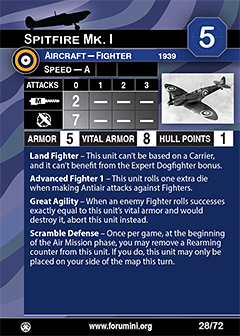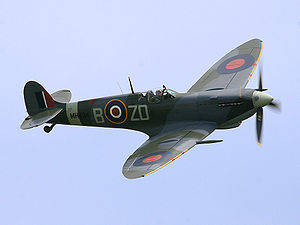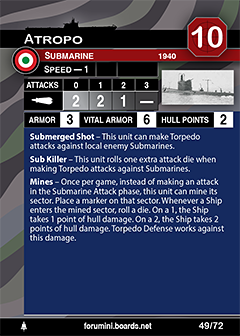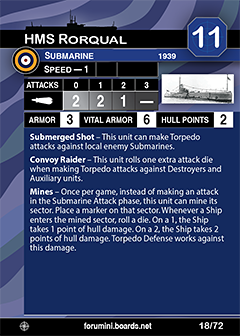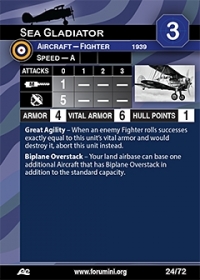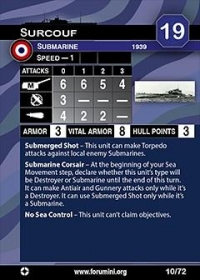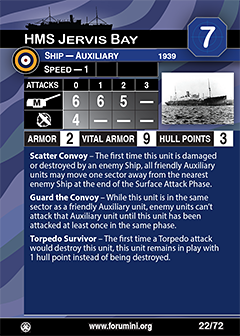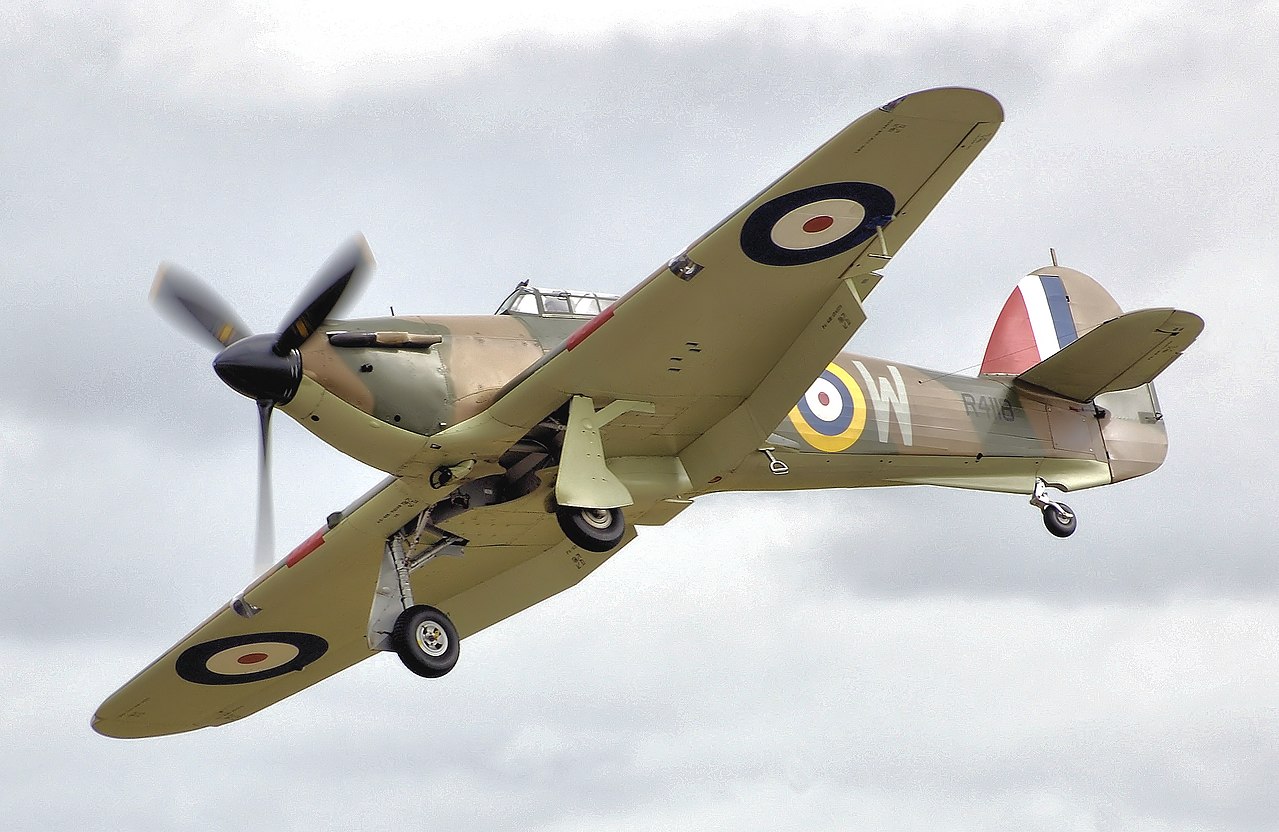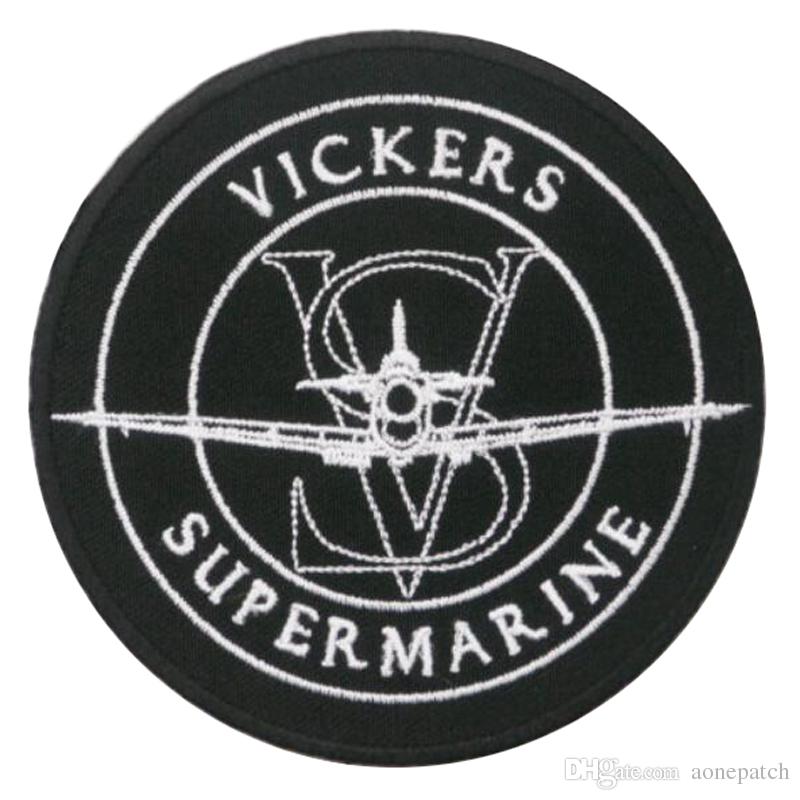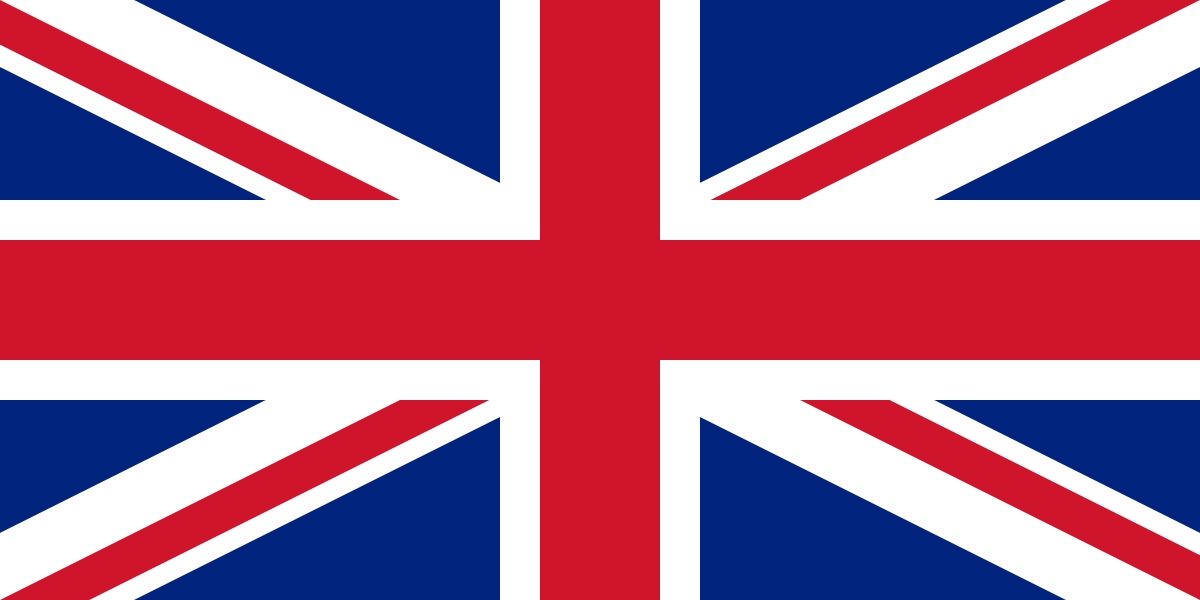Aircraft History: The Hawker Hurricane is a British single-seat fighter aircraft of the 1930s–40s that was designed and predominantly built by Hawker Aircraft Ltd. for service with the Royal Air Force (RAF). It was overshadowed in the public consciousness by the Supermarine Spitfire's role during Battle of Britain in 1940, but the Hurricane actually inflicted 60 percent of the losses sustained by the Luftwaffe in the engagement, and it went on to fight in all the major theatres of the Second World War.
The Hurricane originated from discussions during the early 1930s between RAF officials and British aircraft designer Sir Sydney Camm on the topic of a proposed monoplane derivative of the Hawker Fury biplane. There was an institutional preference at the time for biplanes and a lack of interest from the Air Ministry, but Hawker chose to continue refining their monoplane proposal, which resulted in the incorporation of several innovations which became critical to wartime fighter aircraft, including a retractable undercarriage and a more powerful engine in the form of the newly developed Rolls-Royce Merlin. The Air Ministry placed an order for Hawker's Interceptor Monoplane in late 1934, and the prototype Hurricane K5083 performed its maiden flight on 6 November 1935.
In June 1936, the Hurricane was ordered into production by the Air Ministry; it entered squadron service on 25 December 1937. The manufacture and maintenance of the aircraft was eased by its use of conventional construction methods which enabled squadrons to perform many major repairs themselves without external support. The Hurricane was rapidly procured prior to the outbreak of the Second World War in September 1939, when the RAF had 18 Hurricane-equipped squadrons in service. The aircraft was relied upon to defend against the numerous and varied German aircraft operated by the Luftwaffe, including dogfighting with the capable Messerschmitt Bf 109 in multiple theatres of action.
The Hurricane developed through several versions, as bomber-interceptors, fighter-bombers, and ground support aircraft in addition to fighters. Versions designed for the Royal Navy were popularly known as the Sea Hurricane, with modifications enabling their operation from ships. Some were converted to be used as catapult-launched convoy escorts. By the end of production in July 1944, 14,487 Hurricanes had been completed in Britain and Canada.
The Hurricane originated from discussions during the early 1930s between RAF officials and British aircraft designer Sir Sydney Camm on the topic of a proposed monoplane derivative of the Hawker Fury biplane. There was an institutional preference at the time for biplanes and a lack of interest from the Air Ministry, but Hawker chose to continue refining their monoplane proposal, which resulted in the incorporation of several innovations which became critical to wartime fighter aircraft, including a retractable undercarriage and a more powerful engine in the form of the newly developed Rolls-Royce Merlin. The Air Ministry placed an order for Hawker's Interceptor Monoplane in late 1934, and the prototype Hurricane K5083 performed its maiden flight on 6 November 1935.
In June 1936, the Hurricane was ordered into production by the Air Ministry; it entered squadron service on 25 December 1937. The manufacture and maintenance of the aircraft was eased by its use of conventional construction methods which enabled squadrons to perform many major repairs themselves without external support. The Hurricane was rapidly procured prior to the outbreak of the Second World War in September 1939, when the RAF had 18 Hurricane-equipped squadrons in service. The aircraft was relied upon to defend against the numerous and varied German aircraft operated by the Luftwaffe, including dogfighting with the capable Messerschmitt Bf 109 in multiple theatres of action.
The Hurricane developed through several versions, as bomber-interceptors, fighter-bombers, and ground support aircraft in addition to fighters. Versions designed for the Royal Navy were popularly known as the Sea Hurricane, with modifications enabling their operation from ships. Some were converted to be used as catapult-launched convoy escorts. By the end of production in July 1944, 14,487 Hurricanes had been completed in Britain and Canada.
Manufacturer: Supermarine was a British aircraft manufacturer that produced the Spitfire fighter plane, and a range of seaplanes and flying boats. The company had successes in the Schneider Trophy for seaplanes, with three wins in a row of 1927, 1929 and 1931.
The company was founded in 1913 as Pemberton-Billing Ltd on the River Itchen close to Woolston, Southampton, on ground previously purchased by Noel Pemberton Billing to construct motor launches. It produced a couple of prototypes using quadruplane designs to shoot down zeppelins, the Supermarine P.B.29 and the Supermarine Nighthawk. The aircraft were fitted with the recoilless Davis gun and the Nighthawk had a separate powerplant to power a searchlight. Upon election as an MP in 1916 Pemberton-Billing sold the company to his factory manager and longtime associate Hubert Scott-Paine who renamed the company Supermarine Aviation Works Ltd. The company became famous for its successes in the Schneider Trophy for seaplanes, especially the three wins in a row of 1927, 1929 and 1931.
In 1928 Vickers-Armstrongs took over Supermarine as Supermarine Aviation Works (Vickers) Ltd and in 1938 all Vickers-Armstrongs aviation interests were reorganised to become Vickers-Armstrongs (Aircraft) Ltd, although Supermarine continued to design, build and trade under its own name. The phrase Vickers Supermarine was applied to the aircraft. The first Supermarine landplane design to go into production was the famous and successful Spitfire. The earlier Hawker Hurricane and the Spitfire were the mainstay of RAF Fighter Command fighter aircraft which fought off the Luftwaffe bombing raids with fighter escorts during the Battle of Britain in the summer of 1940. While the Hurricane was available in larger numbers and consequently played a larger role, the new Spitfire caught the popular imagination and became the aircraft associated with the battle. It went on to play a major part in the remainder of the war, in a number of variants and marks, and it was the only allied fighter aircraft to be in production through the entirety of the Second World War. Other planes from the period include the Seafire (a naval version of the Spitfire). Supermarine also developed the Spiteful and Seafang, the successors of the Spitfire and Seafire, respectively, and the Walrus flying boat. The Supermarine main works was heavily bombed in 1940. This curtailed work on their first heavy bomber design, the Supermarine B.12/36 which was replaced by the Short Stirling.
After the end of the war, the Supermarine division built the Royal Navy's first jet fighter, the Attacker, developed from the final Spitfire type. It served front line squadrons aboard aircraft carriers and RNVR squadrons at shore bases. The Attacker was followed by the more advanced Swift which served in the fighter and photo-reconnaissance roles. The last of the Supermarine aircraft was the Scimitar. In the shakeup of British aircraft manufacturing, Vickers-Armstrongs (Aircraft) became a part of the British Aircraft Corporation and the individual manufacturing heritage names were lost.
The company was founded in 1913 as Pemberton-Billing Ltd on the River Itchen close to Woolston, Southampton, on ground previously purchased by Noel Pemberton Billing to construct motor launches. It produced a couple of prototypes using quadruplane designs to shoot down zeppelins, the Supermarine P.B.29 and the Supermarine Nighthawk. The aircraft were fitted with the recoilless Davis gun and the Nighthawk had a separate powerplant to power a searchlight. Upon election as an MP in 1916 Pemberton-Billing sold the company to his factory manager and longtime associate Hubert Scott-Paine who renamed the company Supermarine Aviation Works Ltd. The company became famous for its successes in the Schneider Trophy for seaplanes, especially the three wins in a row of 1927, 1929 and 1931.
In 1928 Vickers-Armstrongs took over Supermarine as Supermarine Aviation Works (Vickers) Ltd and in 1938 all Vickers-Armstrongs aviation interests were reorganised to become Vickers-Armstrongs (Aircraft) Ltd, although Supermarine continued to design, build and trade under its own name. The phrase Vickers Supermarine was applied to the aircraft. The first Supermarine landplane design to go into production was the famous and successful Spitfire. The earlier Hawker Hurricane and the Spitfire were the mainstay of RAF Fighter Command fighter aircraft which fought off the Luftwaffe bombing raids with fighter escorts during the Battle of Britain in the summer of 1940. While the Hurricane was available in larger numbers and consequently played a larger role, the new Spitfire caught the popular imagination and became the aircraft associated with the battle. It went on to play a major part in the remainder of the war, in a number of variants and marks, and it was the only allied fighter aircraft to be in production through the entirety of the Second World War. Other planes from the period include the Seafire (a naval version of the Spitfire). Supermarine also developed the Spiteful and Seafang, the successors of the Spitfire and Seafire, respectively, and the Walrus flying boat. The Supermarine main works was heavily bombed in 1940. This curtailed work on their first heavy bomber design, the Supermarine B.12/36 which was replaced by the Short Stirling.
After the end of the war, the Supermarine division built the Royal Navy's first jet fighter, the Attacker, developed from the final Spitfire type. It served front line squadrons aboard aircraft carriers and RNVR squadrons at shore bases. The Attacker was followed by the more advanced Swift which served in the fighter and photo-reconnaissance roles. The last of the Supermarine aircraft was the Scimitar. In the shakeup of British aircraft manufacturing, Vickers-Armstrongs (Aircraft) became a part of the British Aircraft Corporation and the individual manufacturing heritage names were lost.
Country: The United Kingdom, made up of England, Scotland, Wales and Northern Ireland, is an island nation in northwestern Europe. England – birthplace of Shakespeare and The Beatles – is home to the capital, London, a globally influential centre of finance and culture. England is also site of Neolithic Stonehenge, Bath’s Roman spa and centuries-old universities at Oxford and Cambridge.
Item created by: gdm on 2015-08-20 11:38:37. Last edited by gdm on 2019-07-29 09:07:19
If you see errors or missing data in this entry, please feel free to log in and edit it. Anyone with a Gmail account can log in instantly.
If you see errors or missing data in this entry, please feel free to log in and edit it. Anyone with a Gmail account can log in instantly.


